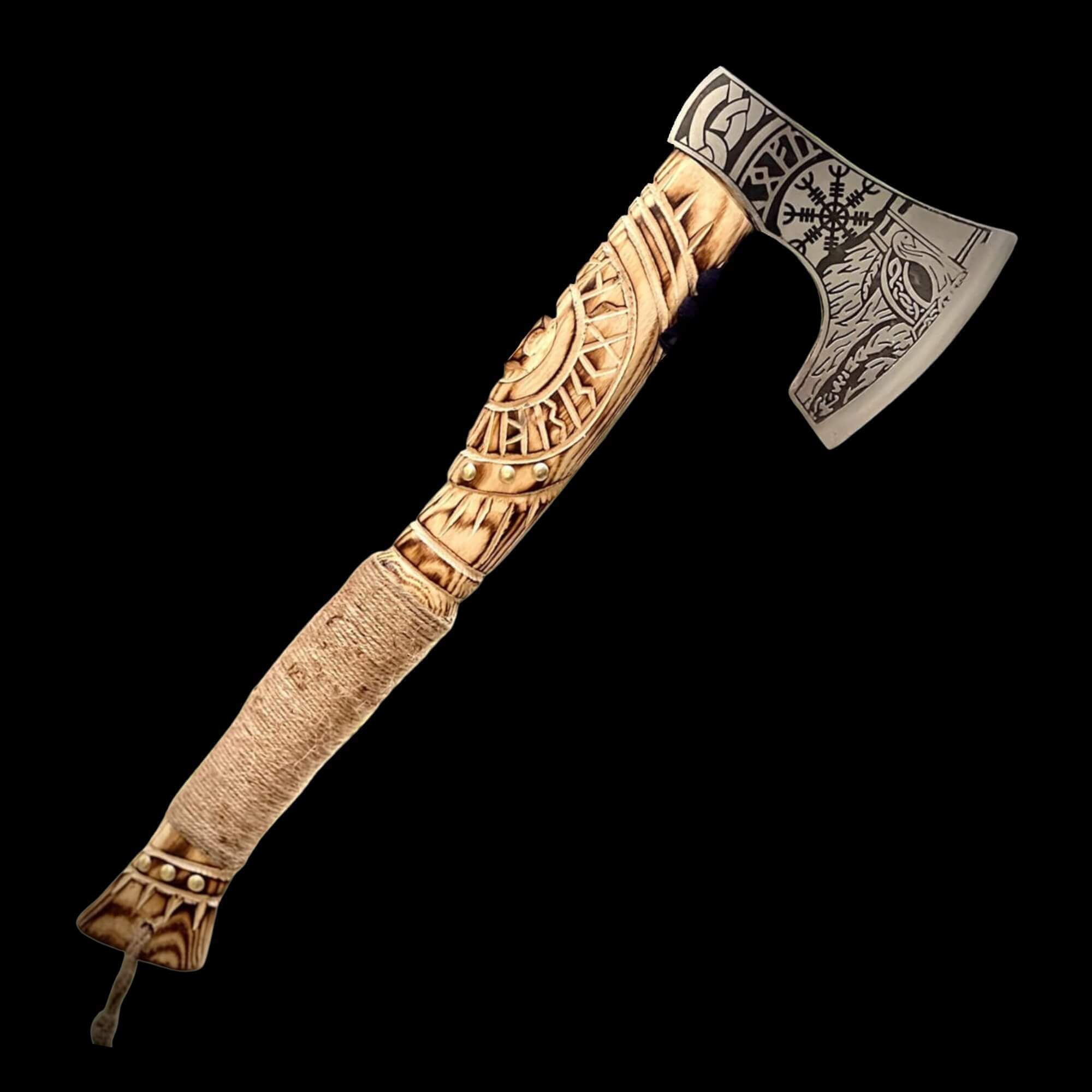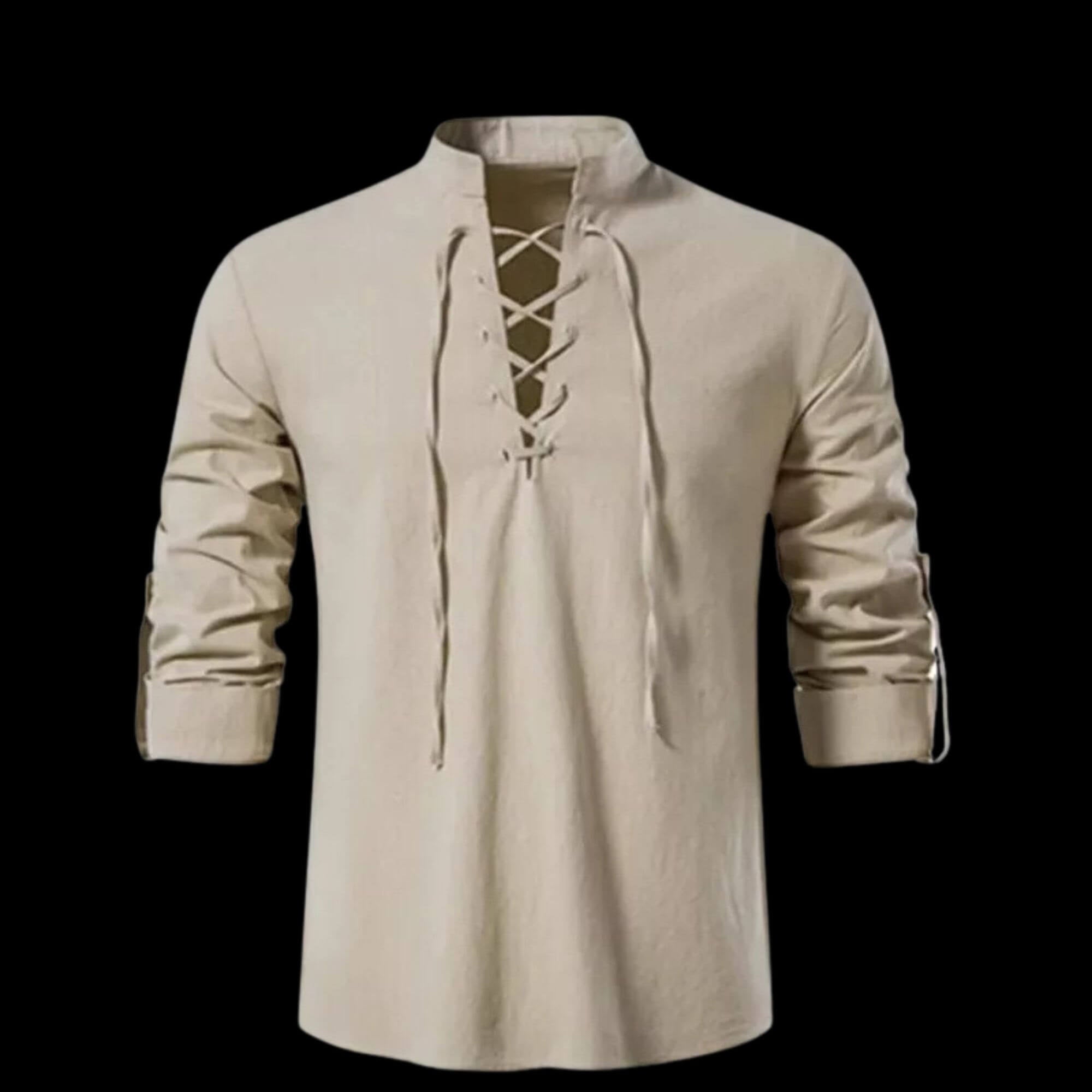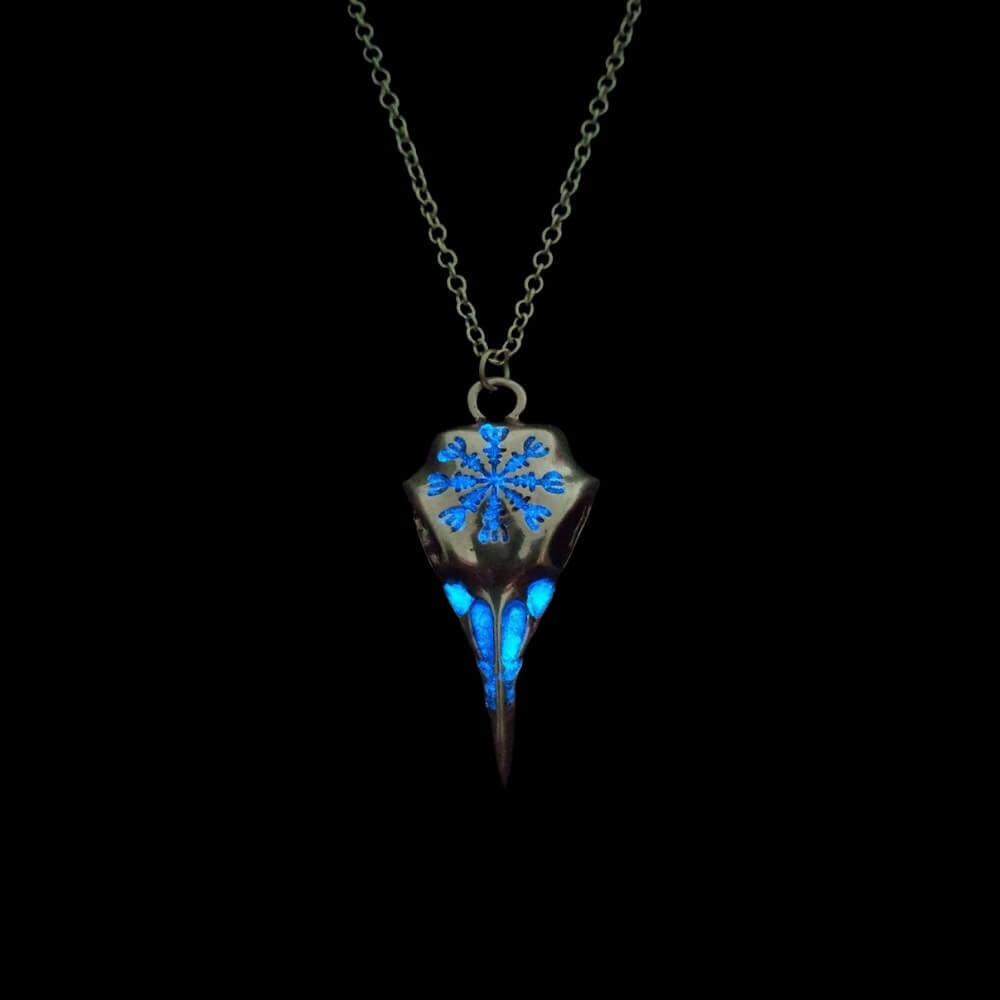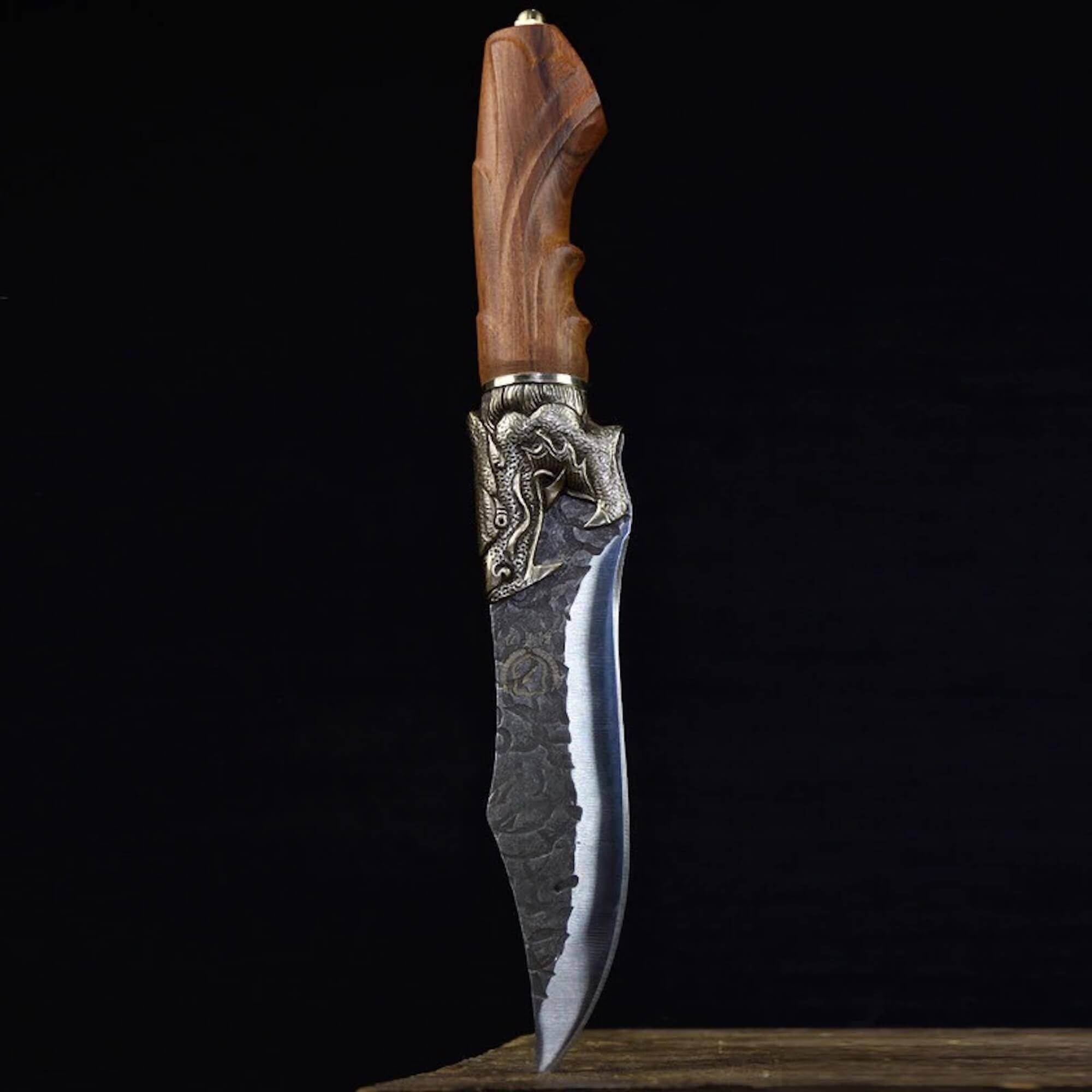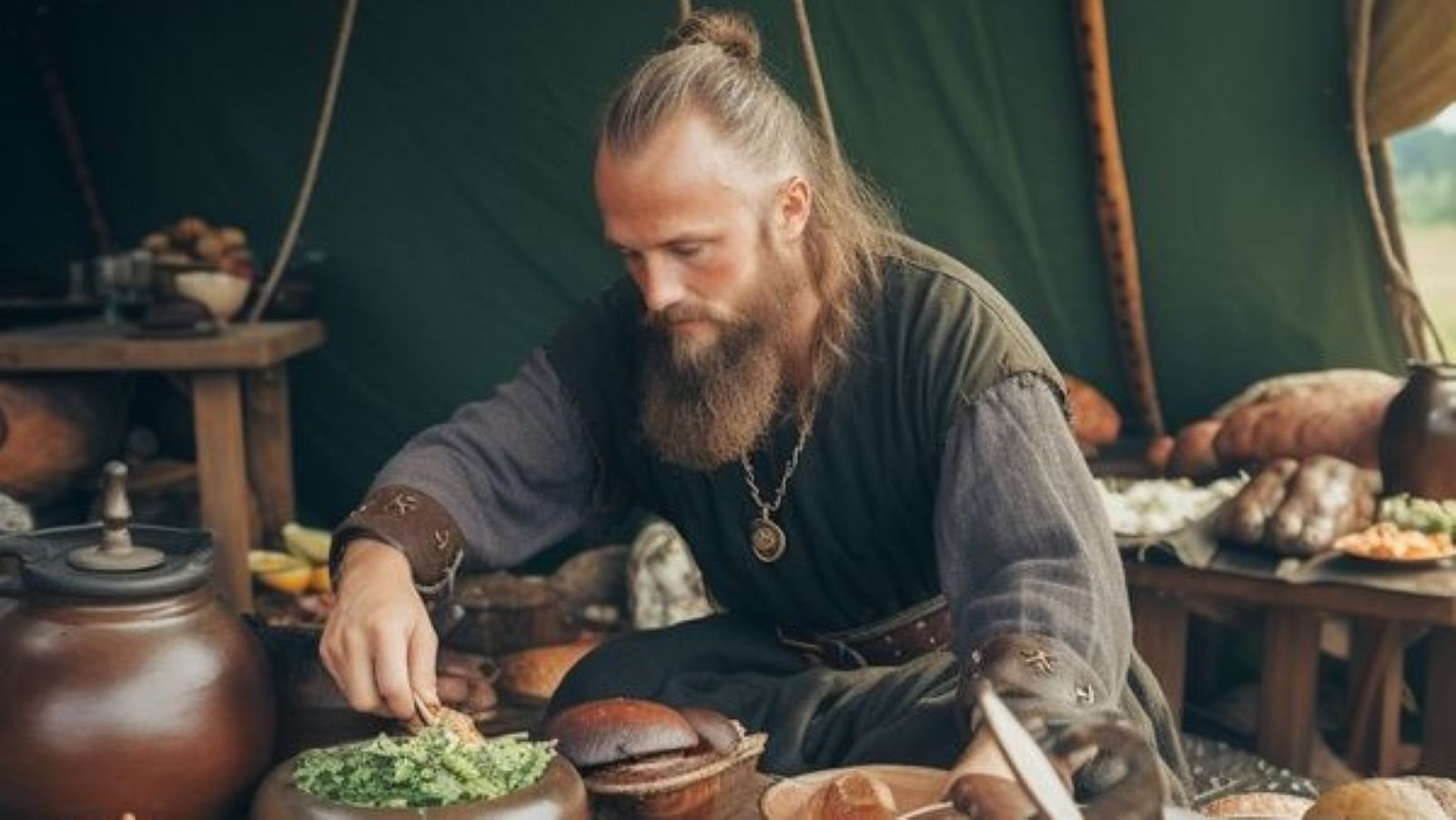
Embarking on a Viking Journey: A Glimpse into the Daily Life of Norsemen
To travel back in time, delving into the world of the Vikings, is to unravel an intricate tapestry woven with adventure, craftsmanship, and myth. The Viking Age, often clouded by tales of raids and battles, holds much more than meets the eye. From farming to exploring new lands, the Norsemen led complex lives, with traditions and customs that still intrigue us today. Let’s embark on a journey to uncover the world of the Vikings.
The Viking Age spanned from the late 8th century to the early 11th century, marking a period of exploration, innovation, and cultural exchange. Vikings were not merely warriors—although their battle skills were legendary—but also explorers, traders, farmers, and craftsmen. Their ability to thrive in harsh climates and challenging environments showcased their resilience and ingenuity.
Viking Agriculture
Contrary to the image of constant seafaring, agriculture was at the heart of Viking life. Their survival depended on the land, where they cultivated crops such as barley, oats, and rye. These grains were used to make bread, porridge, and ale. Vegetables like onions, leeks, and cabbages added variety to their meals, while livestock—cattle, sheep, goats, and pigs—provided meat, milk, and wool.
But Vikings also had a strong connection to the sea. Coastal communities thrived on fishing, with herring and cod being staple foods. The Vikings’ diet was balanced, hearty, and reflective of their environment, and their ability to store food for winter was crucial for survival.
Celebrations and Feasts
No Viking journey would be complete without mention of their grand feasts. These were not everyday occurrences but reserved for special events—victories in battle, seasonal celebrations, or significant life events. Mead, a honey-based drink, flowed freely as Vikings gathered to sing songs of valor and recount tales of the gods.
Feasts were not just about indulgence but served as a way to strengthen community bonds. They were held in longhouses, where communal fires lit the space and the sounds of laughter, stories, and music filled the air. These gatherings were a reflection of Viking society’s emphasis on loyalty, honor, and camaraderie.
Craftsmanship and Trade
Vikings were more than fierce warriors—they were also skilled craftsmen and traders. They created intricately designed jewelry, weaponry, and everyday tools from materials such as iron, wood, and bone. Their artistry can be seen in beautifully carved wooden ships, detailed brooches, and finely made swords.
Trade was vital for the Vikings, allowing them to exchange goods like furs, ivory, amber, and even slaves for precious metals, spices, and silk from as far as the Byzantine Empire and beyond. These exchanges broadened their horizons and connected them with different cultures, making them not just raiders, but also sophisticated merchants.
Viking Beliefs
The spiritual world of the Vikings was rich with gods, goddesses, and myths. Odin, Thor, Freyja, and Loki were just some of the deities who influenced Viking life. Rituals, sacrifices, and offerings to these gods were performed to ensure good harvests, success in battle, and protection in daily life.
The Vikings believed that their fates were woven by the Norns—mystical beings who controlled destiny. Their worldview was cyclical, with life, death, and rebirth being interconnected, and this belief in fate drove much of their warrior spirit, as they sought honor in this life to earn a place in Valhalla in the afterlife.
Exploration and Expansion
While agriculture and community life formed the backbone of Viking society, their thirst for adventure set them apart. With unparalleled seamanship, the Vikings built longships that allowed them to explore, raid, and trade far from their Scandinavian homelands.
They reached the British Isles, Iceland, Greenland, and even parts of North America long before other European explorers. Their expeditions expanded their influence, spreading Norse culture and exchanging ideas with other civilizations. This combination of exploration, trade, and conquest made the Vikings a force to be reckoned with across Europe.
Social Structure
Viking society was structured and organized, with kings and jarls (nobles) ruling over communities. Below them were free men and women—farmers, warriors, craftsmen—who made up the majority of society. Thralls, or slaves, occupied the lowest rung of the social ladder, often captured during raids and forced into labor.
Despite these social divisions, Viking society was built on a sense of community. The "Thing," a gathering of free men, was a form of early democratic assembly where disputes were settled, laws were made, and decisions were collectively agreed upon. It reflected the importance of cooperation and justice within the Viking world.
The Viking Age was a time of complexity, culture, and adventure. Their way of life was as much about farming, craftsmanship, and spiritual beliefs as it was about exploration and battle. Today, we often picture the Vikings as fearsome warriors, but their daily lives were woven with rituals, celebrations, and a deep connection to both land and sea.

